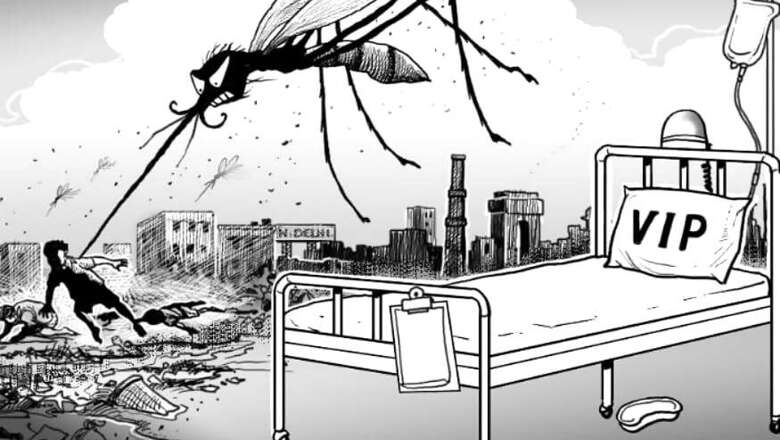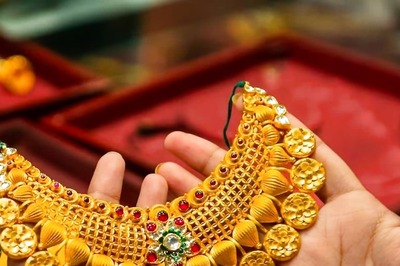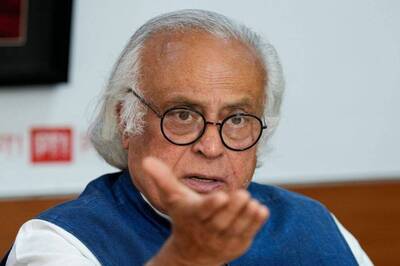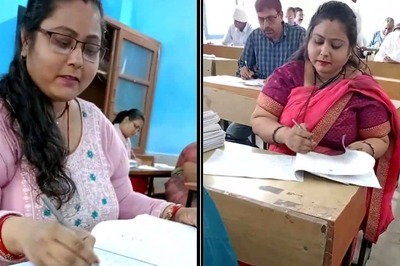
views
The Trichy Corporation launched an anti-dengue drive on Thurday, September 6, 2019. This has been initiated ahead of the onset of the northeast monsoon. The mosquito-borne disease Dengue fever, which is a monsoonal disease, can be fatal in nature if not diagnosed on time and treated properly. The disease generally occurs in the tropical and sub-tropical areas. The dengue virus has five different types, each of increasing severity. Infection with one type gives lifelong immunity to it and short-term immunity to the other types.
At least 360 domestic breeding checkers (DBC) have been appointed by the civic body to conduct door-to-door inspections and discard any element which can serve as a potential breeding zone for mosquitoes in Trichy.
Corporation commissioner N Ravichandran said, “Though we have not come across any dengue case, the anti-dengue drive was launched as a preventive measure to sensitise locals. Fogging of anti-mosquito solutions will be taken in residential colonies once in 15 days.”
On Thursday, the DBCs were given torches, abate solution, safety gears and fogging machines. Officials said all the sanitary workers and supervisors of the corporation will be roped in to identify and eliminate dengue sources from houses and commercial establishment.
Coconut shells, abandoned tyres and containers from terrace and backyards can be danger zone in the breeding process and hence, the corporation has appealed residents to remove all these items.
According to World Health Organisation (WHO), the incidence of dengue has increased 30-fold over the last 50 years. Up to 50-100 million infections are now estimated to occur annually in over 100 endemic countries, putting almost half of the world’s population at risk. Severe dengue (previously known as dengue haemorrhagic fever) was first recognized in the 1950s during dengue epidemics in the Philippines and Thailand. Today, it affects Asian and Latin American countries and has become a leading cause of hospitalization and death among children and adults in these regions.




















Comments
0 comment